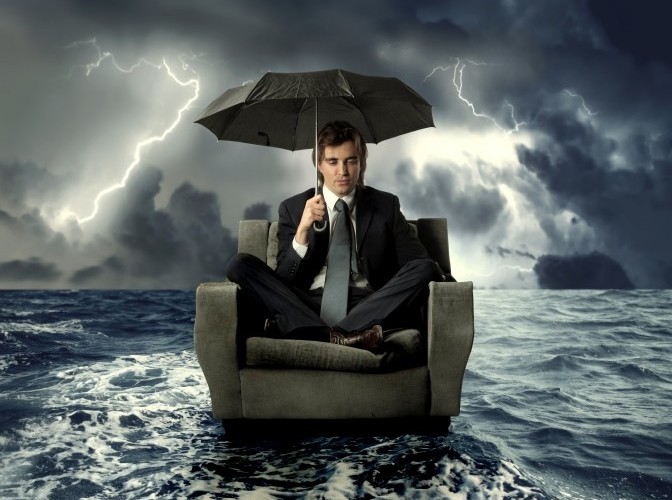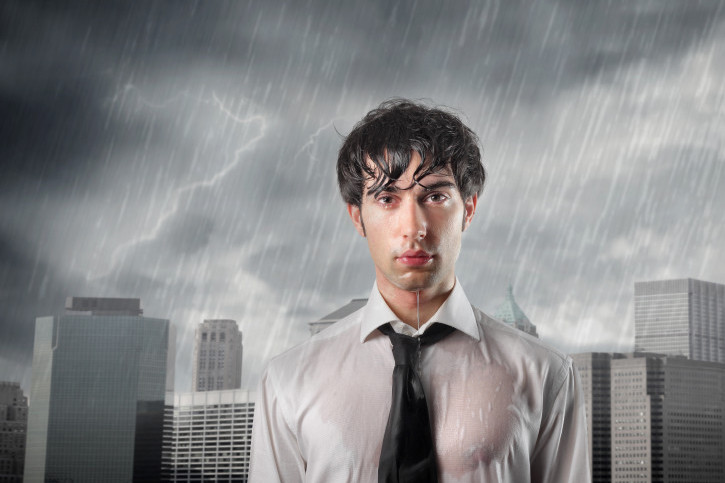Anxiety Disorders
In simple terms, anxiety is a tendency to lean into the future. It is categorized by worry and/or fear. It robs us of the experience of enjoying the present. Although some may have a more anxious constitution, anxiety often has its roots in the past. It makes sense. Below you can find brief descriptions of the anxiety disorders that I work with.
Post-Traumatic Stress Disorder (PTSD)
PTSD is often a debilitating condition that can occur in people who have experienced or witnessed a natural disaster, serious accident, terrorist incident, sudden death of a loved one, war, violent personal assault such as rape, or other life-threatening events. Most people who experience such events recover from them, but people with PTSD continue to be severely depressed and anxious for months or even years following the event. Click to jump to the PTSD page.
“Anxiety is love’s greatest killer. It makes others feel as you might when a drowning man holds on to you. You want to save him, but you know he will strangle you with his panic.”
Panic disorder is diagnosed in people who experience spontaneous seemingly out-of-the-blue panic attacks and are preoccupied with the fear of a recurring attack. Panic attacks occur unexpectedly, sometimes even during sleep. A panic attack is defined as the abrupt onset of intense fear that reaches a peak within a few minutes.
Since many of the symptoms of panic disorder mimic those of illnesses such as heart disease, thyroid problems, and breathing disorders, people with panic disorder often make many visits to emergency rooms or doctors’ offices, convinced they have a life-threatening illness. The symptoms of a panic attack are:

- a feeling of imminent danger or doom
- the need to escape
- heart palpitations
- sweating
- trembling
- shortness of breath or a smothering feeling
- a feeling of choking
- chest pain or discomfort
- nausea or abdominal discomfort
- dizziness or lightheadedness
- a sense of things being unreal, depersonalization
- a fear of losing control or “going crazy”
- a fear of dying
- tingling sensation
- chills or heat flush
New places, high bridges, old elevators may make all of us a bit uneasy or even frightened. We might try to avoid things that make us uncomfortable, but most people generally manage to control their fears and carry out daily activities without incident. People with specific phobias, or strong irrational fear reactions, work hard to avoid common places, situations, or objects even though they know there’s no threat or danger. The fear may not make any sense, but they feel powerless to stop it.
People who experience these seemingly excessive and unreasonable fears in the presence of or in anticipation of a specific object, place, or situation have a specific phobia. Having phobias can disrupt daily routines, limit work efficiency, reduce self-esteem, and place a strain on relationships because people will do whatever they can to avoid the uncomfortable and often-terrifying feelings of phobic anxiety. Their onset is usually sudden, and they may occur in situations that previously did not cause any discomfort or anxiety. Specific phobias commonly focus on animals, insects, germs, heights, thunder, driving, public transportation, flying, dental or medical procedures, and elevators. Although people with phobias realize that their fear is irrational, even thinking about it can often cause extreme anxiety.
Social Anxiety
Social anxiety is the extreme fear of being scrutinized and judged by others in social or performance situations. It can wreak havoc on the lives of those who suffer from it. This disorder is not simply shyness that has been inappropriately medicalized. Symptoms may be so extreme that they disrupt daily life. People with this disorder, also called social phobia, may have few or no social or romantic relationships, making them feel powerless, alone, or even ashamed.
Generalized Anxiety (GAD)
Generalized anxiety disorder is characterized by persistent, excessive, and unrealistic worry about everyday things. People with (GAD) experience exaggerated worry and tension, often expecting the worst, even when there is no apparent reason for concern. They anticipate disaster and are overly concerned about money, health, family, work, or other issues. GAD is diagnosed when a person worries excessively about a variety of everyday problems for at least 6 months. To learn more about GAD symptoms, go to the Anxiety and Depression Association of America website.
Depression and Bipolar
Depression is characterized by persistent sadness and a sense of feeling worthless, hopeless, and helpless. In the words of Elizabeth Wurtzel “A human being can survive almost anything, as long as she sees the end in sight. But depression is so insidious… it’s impossible to see the end.”



